Water loop between fish, vegetables allows nutrient build-ups that are optimal for crops
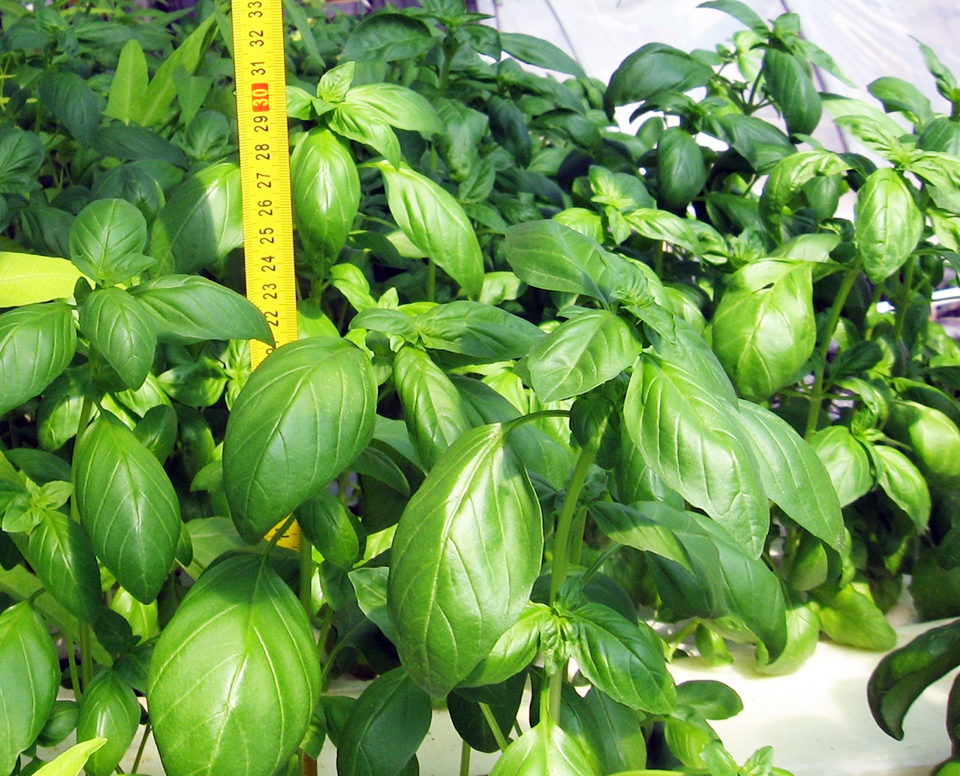
The food industry is currently exploring new ways to fulfill the needs of a rising world population. According to the Food and Agriculture Organization of the United Nations, by 2050, our planet’s 9 billion people will require 50 percent more food output than is achieved today. The scarcity of fertile arable lands, the lack of freshwater resources for irrigation and the progressive salinization of aquifers raise big challenges on how to produce more – in a sustainable way and with fewer resources.
Marine and brackish water aquaculture can greatly benefit from saline agriculture, and the integration with plants can undoubtedly help lead to alternative food production on coastlines, in arid lands and even in urban/periurban settlements. Beyond integrated multi-trophic aquaculture in open waters, land-based operations allow full reuse of wastes and reduced carbon footprints. The increased levels of biosecurity and environmental control provided by recirculating systems secure not only higher yields, but also safer production.
Aquaponics, soilless plant cultivation in aquaculture water, can play a key role in food and energy production. The water loop between fish and vegetables allows nutrient build-ups to concentrations that are optimal for crops and help save enormous amounts of water.
Saline crops
Saline aquaponics can be an ideal system to grow halophytes, salt-tolerant plants. Research has proven that the optimal salinity for many halophytes of commercial value is between 10 and 20 ppt.
It is estimated that at least 50 halophytes could be cultivated for grains. In addition, most of the grains are salt-free, since salt accumulates mostly in stems, leaves or roots.
Among the plant species, good potential is seen in eelgrass, Zostera marina, whose grain is similar in shape to that of wheat and contains 50 percent starch and 13 percent protein. Palmer salt grass (Distichlis palmeri) which can grow in hypersaline marshlands with up to 42 ppt salinity, shows good amino acid balance, but has 40 percent lower protein than wheat. A grain with 32 percent protein and 22 percent oil is produced by seashore mallow, Kosteletzkya virginica, which can yield 1.5 metric tons per hectare (MT/ha) under salinity of 25 ppt.
Two very common staples – pearl millet, Pennisetum typhoides, and quinoa, Chenopodium quinoa – are also resistant to salt. The former can yield 1.6 MT/ha in grain and 6.5 MT/ha as fodder, while the latter can produce up to 2.5 MT of grain with twice the protein of wheat and an excellent balance of essential amino acids.
Leaf crops have very interesting market potential. Research on Salicornia and Salsola species carried out in recent years has already proven the higher productivity of aquaponics than hydroponics, as well as the big market potentials of these two plants as highly appreciated culinary vegetables, fodder or biodiesel.
Other interesting plants with commercial values are Kochia scoparia and sea fennel, Chrithmum maritimum. The former produces seeds that are eaten as a food garnish called tonburi. The plant is also used in Chinese medicine. The latter has an asparagus flavor and is widely used in cuisine. The plant also contains about 30 essential oils, such as gamma terpins. On the other hand, Atriplex species have a taste similar to spinach and provide fodder for animals.
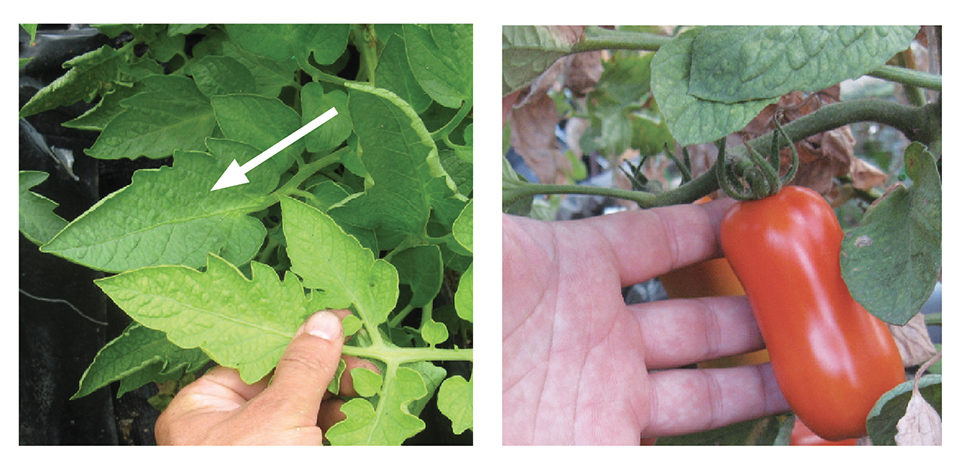
Production strategies
Saltwater is not the ideal aqueous media for plants. The higher osmotic pressure procured by salts reduces plants’ water uptake and limits growth. Besides, sodium raises toxicity problems in plants. Although halophytes are well adapted to salt, it is still possible to grow traditional crops with brackish water, provided that tailored agronomic managements are followed.
Research on saline aquaponics carried out by the author during the last years identified the following as the best strategies to improve yields.
Modulate environmental conditions. Shadow, temperature and humidity allow better evapotranspiration control for plants that are more prone to water stress conditions due to reduced water intake.
Improve the root environment. In substrate aquaponics, the build-up of salinity can be overcome by periodically flushing the salts from the substrate. In addition, the use of substrates with higher organic matter content can attenuate the salinity effect in plants.
Improve the delivery of nutrients. Due to reduced water intake, it is important to increase the pool of nutrients available for plants to concentrations that are higher than those observed in freshwater aquaponics. In addition, different ion settings (i.e., higher potassium:sodium ratio) can limit plant toxicity further.
Use anti-stress factors. Like animals, plants react positively to simple organic acids and antioxidants, as well as plant stress hormone inducers. Such compounds, delivered under specific concentrations during the seedling stage, can enhance the plants’ responses to salinity/drought and improve yields.
Use resistant plants. Although in horticulture, farmers use commercial seeds to meet market demand, it is possible to use the roots from salt-resistant species and adopt grafting technology. With grafting, the root of a resistant plant (rootstock) is joined with the desired commercial variety (scion). Grafting can be used for plants in both the Solanaceae (tomato, eggplant) and Cucurbitaceae (cucumber, melon, watermelon, pumpkin) families. On the other hand, plants belonging to the Chenopodiaceae family, such as beets and chard, are already highly resistant to salinity.
Improve agronomic strategies. For example, increase the planting density to obtain higher biomass from smaller plants growing under the saline conditions.
Research evidence
Trials with sea beets raised under different salinities showed that yields at 10 ppt were half the volumes of those harvested with freshwater hydroponics. However, the gap between saline aquaponics and hydroponics can be reduced by raising the density of the plants, which grow smaller in the presence of salt.
No statistical difference between the freshwater hydroponics and saline aquaponics at the same planting density was found at 3.5 and 7.0 ppt, provided that the nitrogen level in the water was at least 80 ppm. Growing plants in water with salt also brought qualitative advantages, as sensorial analysis of the chard found tastier leaves.
In the case of sweet basil growing at 3.5 or 7.0 ppt salinity, the combination of different strategies such as higher planting densities (150 plants per square meter), seedling conditioning and environmental control allowed aquaponics to get results closer to those for freshwater hydroponics, but still with 20 to 35 percent lower biomass at 3.5 ppt (Table 1). However, despite the higher planting density than the hydroponic’s optimal 36 plants per square meter, plants in the saline conditions had 30 percent higher leaf biomass, the marketable part of the crop.
Pantanella, leaf:stem ratios, Table 1
| Treatment | Yield (kg/m2) | Leaf:Stem Ratio |
|---|---|---|
| Aquaponics, 7.0 ppt (N) | 0.8 ± 0.1a | 2.7 ± 0.2bc |
| Aquaponics, 7.0 ppt (C) | 1.0 ± 0.3a | 3.3 ± 0.8c |
| Aquaponics, 3.5 ppt (N) | 2.1 ± 0.3b | 2.1 ± 0.1ab |
| Aquaponics, 3.5 ppt (C) | 2.5 ± 0.8bc | 2.2 ± 0.4ab |
| Hydroponics | 3.2 ± 0.8c | 1.7 ± 0.1a |
Table 1. Yields (leaves + stems) and leaf:stem ratios of sweet basil cultivated in saline aquaponics and freshwater hydroponics.
As far as grafting is concerned, the trials with wild rootstocks carried out in aquaponics yielded interesting productions of tomato in water with 3.5 ppt salinity. The use of wild, salt-tolerant rootstocks allowed commercial tomato varieties to quickly adapt to saline conditions without expensive investments in genetic research and engineering. Despite a reduction in yields, the tomatoes growing in saline water were richer in dry matter (less water in fruits) and had up to 30 percent more sugar and 100 percent more vitamin C – all qualities appreciated by the agro industry.
Opportunities for saline systems
Integrated saline aquaculture has enormous potential for food production. Nevertheless, tailored system designs should be developed, depending on the plant species being cropped. Some plants prefer sandy substrates, while others can be grown in floating systems. Furthermore, the possibility to grow staples pushes aquaponics to manage the fish and plant subsystems more independently and under different irrigation designs.
The integration of aquaponics with seaweed is also a valid alternative wherever it is not possible to use water with lower salinity to grow halophytes. Should this be the case, the aquaponics water from fish should undergo a sterilization stage to guarantee water safety in recirculating algal raceways. Past trials with water sterilization produced almost bacteria-free water in aquaponics, which never occurs in open seawater.
(Editor’s Note: This article was originally published in the January/February 2015 print edition of the Global Aquaculture Advocate.)
Authors
-
Edoardo Pantanella, Ph.D.
Aquaponics Scientist, Consultant
Aquaculture and Aquatic Resources Management
Asian Institute of Technology[109,111,99,46,108,105,97,109,103,64,97,108,108,101,110,97,116,110,97,112,100,101]
-

Ram C. Bhujel, Ph.D.
Director, Aqua-Centre
AARM, FABS, SERD, Asian Institute of Technology
P. O. Box 4, Klong Luang
Pathumthani 12120 Thailand[97,105,115,97,46,116,105,97,64,108,101,106,117,104,98]
Tagged With
Related Posts
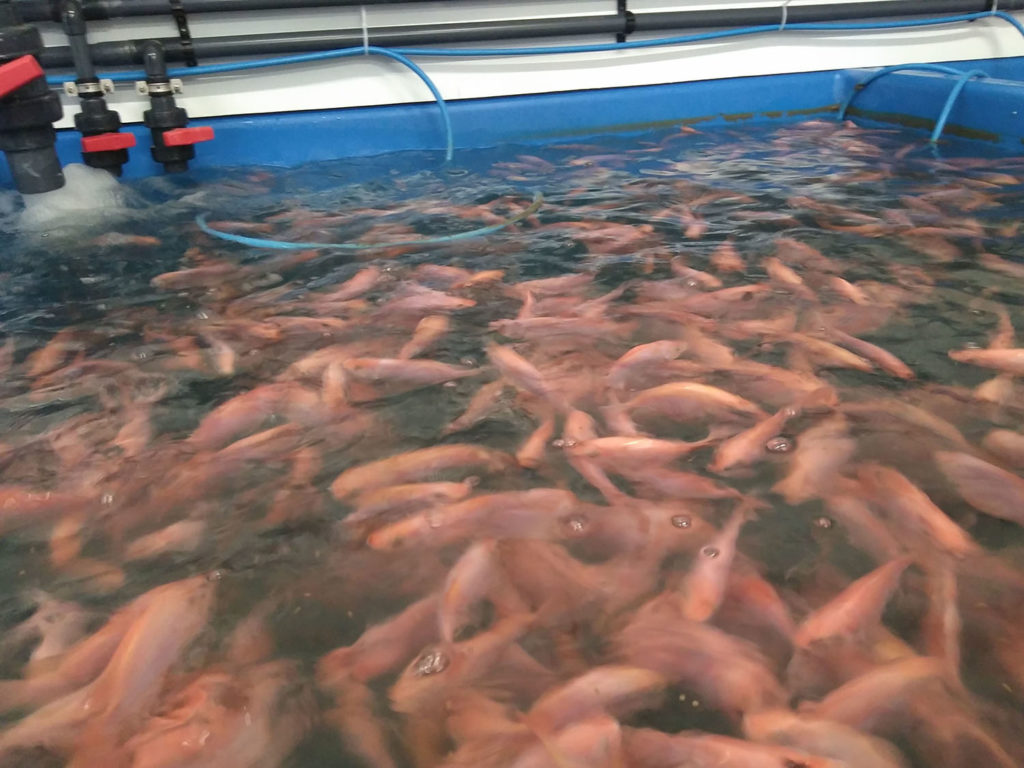
Innovation & Investment
Innovative aquaponics system frugal with fluids
As global demand for food rises, the focus on water resources will intensify. In Berlin, a four-year research project is demonstrating the feasibility of aquaponics, which can drastically cut water inputs.
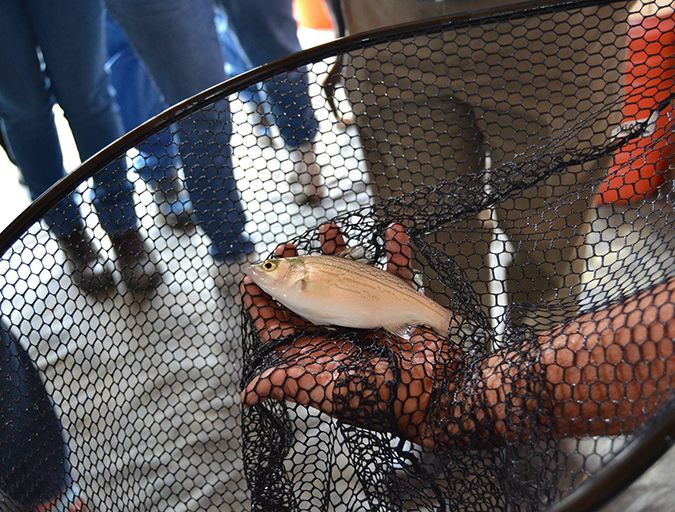
Intelligence
Young aquaponics, aquaculture company gets big boost
Fluid Farms, an aquaponics produce grower in Maine, leans on multi-trophic aquaculture to provide nutrients for its plants. The company is now selling its hybrid striped bass to the local market and, armed with a $50,000 innovation prize that will fund a new heating system, is expanding its horizons.
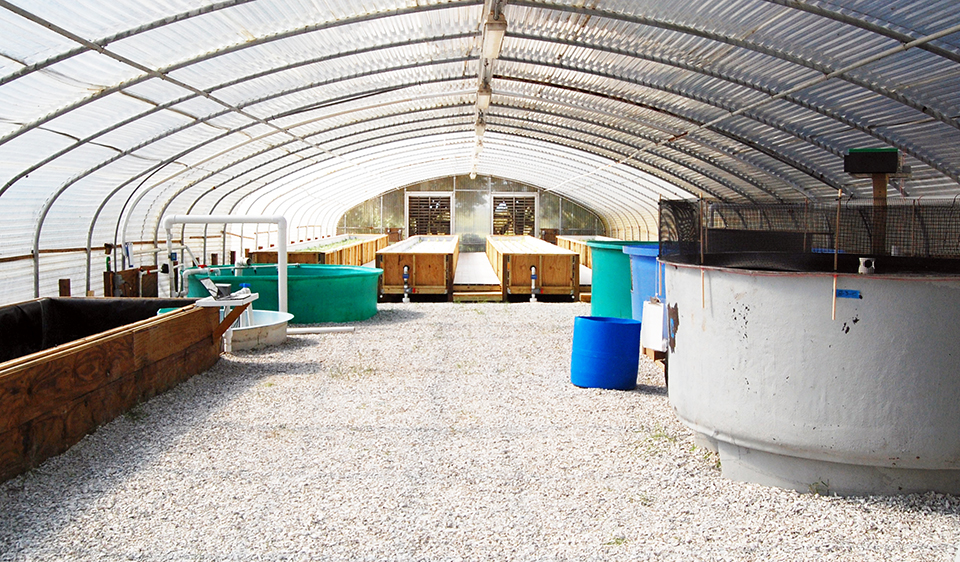
Responsibility
Aquaponic system produces red drum, saltwater vegetable species
A project in Florida is studying the feasibility of a marine aquaponic system containing red drum and two native saltwater species. Water that exits the plant raceways is filtered and recirculated to the fish tanks. In tests, sea purslane grew rapidly, while saltwort took almost four months to adapt. The fish exhibited high survival and achieved a feed-conversion ratio of 1.2.

Intelligence
An engineer’s design for a classroom aquaculture-aquaponics system
An aquaponics teaching system was designed, built and operated by students at the University of Arizona, integrating its operation and management into the educational curriculum. This engineering design will require minimum maintenance and will last years.


